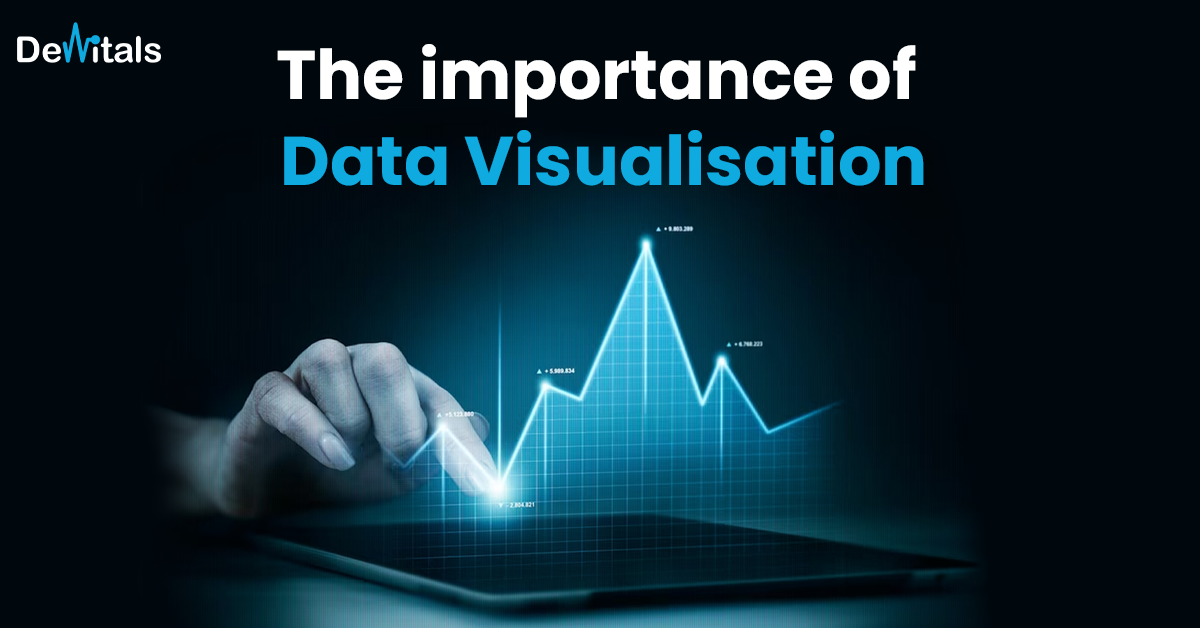Introduction
In today’s data-driven world, we are surrounded by an overwhelming amount of information. Every click, purchase, and interaction generates data, which can be a goldmine of insights for individuals and organizations. However, raw data alone is often difficult to interpret and extract meaningful conclusions from. This is where data visualization comes into play, empowering us to understand, analyze, and communicate complex information effectively. In this blog post, we will explore the significance of data visualization and how it can unlock the power of information.
- Understanding Complex Data
Data visualization is an art and science that transforms raw data into visual representations such as charts, graphs, infographics, and maps. It allows us to see patterns, trends, and correlations that might not be immediately apparent in rows and columns of numbers. By visually representing data, we can grasp complex concepts and information more easily, making it accessible to a broader audience. Visualizations provide a holistic view and enable us to uncover hidden insights that might otherwise go unnoticed.
- Enhancing Decision-Making
Effective decision-making is crucial in both personal and professional domains. Data visualization plays a pivotal role in this process by presenting information in a way that is intuitive and easily understandable. With the aid of visual representations, decision-makers can quickly identify trends, outliers, and anomalies, helping them make informed choices. Visualizations simplify complex datasets, allowing decision-makers to evaluate different scenarios, track progress, and identify areas for improvement.
- Communicating Insights
Data visualization serves as a powerful communication tool, bridging the gap between data analysts and non-technical stakeholders. While raw data might be overwhelming for individuals without a background in data analysis, visual representations simplify complex information, making it accessible to a broader audience. Visualizations can be used to tell stories, convey findings, and present evidence-backed arguments. They engage viewers’ attention, evoke emotions, and facilitate better understanding and retention of information.
- Uncovering Patterns and Trends
Humans are visual beings, highly adept at recognizing patterns and trends. Data visualization allows us to spot these patterns quickly and draw meaningful conclusions. By representing data visually, we can identify relationships, correlations, and dependencies between variables. Visualizations can reveal insights that might have otherwise remained hidden or buried within vast datasets. They enable analysts to spot emerging trends, understand historical patterns, and make predictions for the future.
- Improving Data Exploration and Analysis
Data visualization tools provide an interactive environment for exploring and analyzing data. With just a few clicks, analysts can filter, sort, and drill down into the data to uncover valuable insights. Interactive visualizations empower users to manipulate variables, change parameters, and dynamically view the impact on the data. This flexibility enhances the analytical process, enabling analysts to gain deeper insights and make data-driven decisions more efficiently.
- Enhancing Data Literacy
Data literacy is a critical skill in today’s information-driven world. Data visualization plays a pivotal role in improving data literacy by making data more accessible and understandable to individuals across various disciplines. Visualizations simplify complex concepts, making it easier for non-technical professionals to interpret and draw insights from data. By fostering data literacy, organizations can create a culture of data-driven decision-making, leading to improved outcomes and innovation.
Conclusion
Data visualization is a transformative tool that helps us make sense of the vast amount of information at our disposal. By transforming raw data into visual representations, we can uncover patterns, trends, and insights that drive better decision-making and communication. With the increasing availability of data and advancements in visualization technologies, the importance of data visualization is only set to grow. As we navigate an increasingly complex world, harnessing the power of data visualization will undoubtedly become an essential skill for individuals and organizations alike, empowering us to unlock the full


